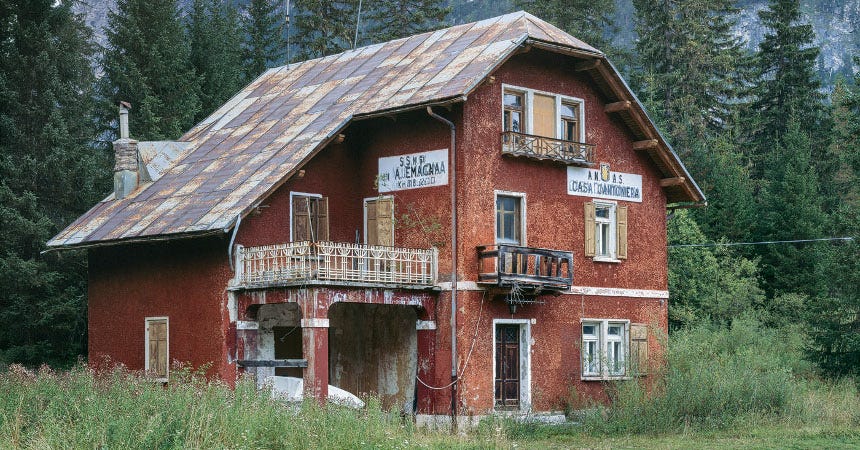The Ghosts of the "Case Cantoniere"
Chronicle of a Visionary and Misunderstood Project, Between Memory, Failures, and Possible Revivals (bilingual article)
I fantasmi delle case cantoniere
Le Case Cantoniere: cronaca di un progetto visionario e incompreso, tra memoria, fallimenti e rinascite possibili
Prima ancora di dedicarmi con convinzione (e forse anche una certa dose di testardaggine) alla rigenerazione dei piccoli comuni italiani per conto di nuovi residenti esteri, in una sfida che mi accompagna tutto…



